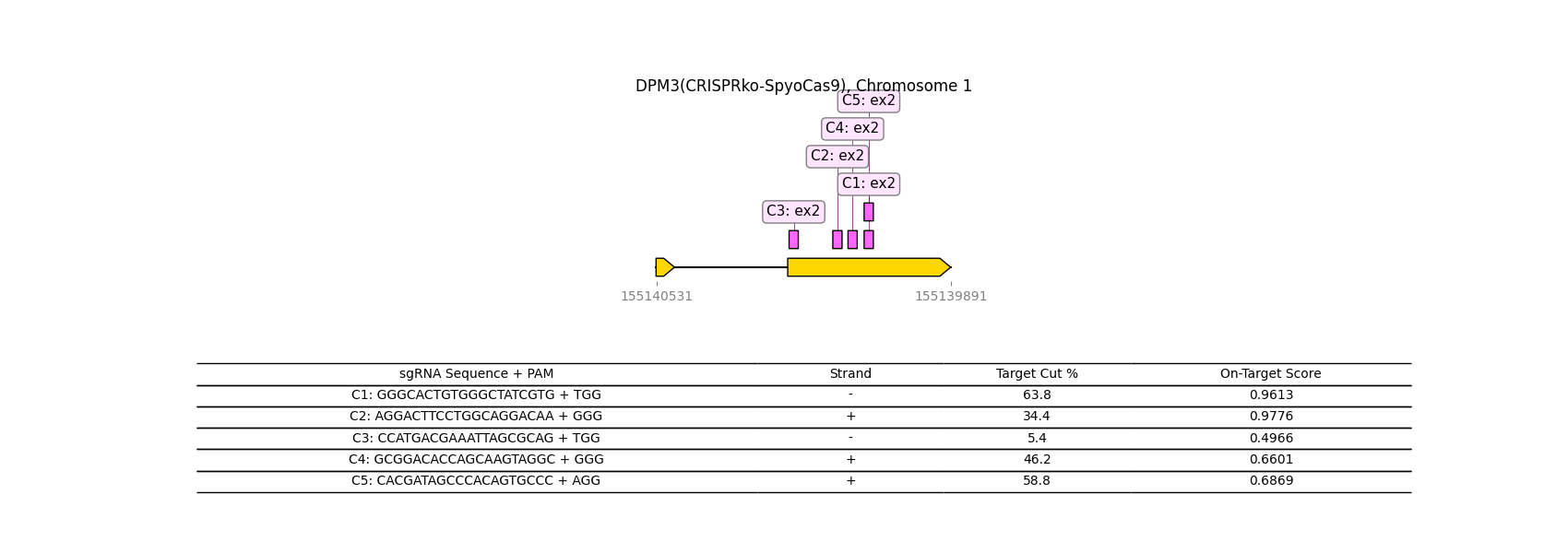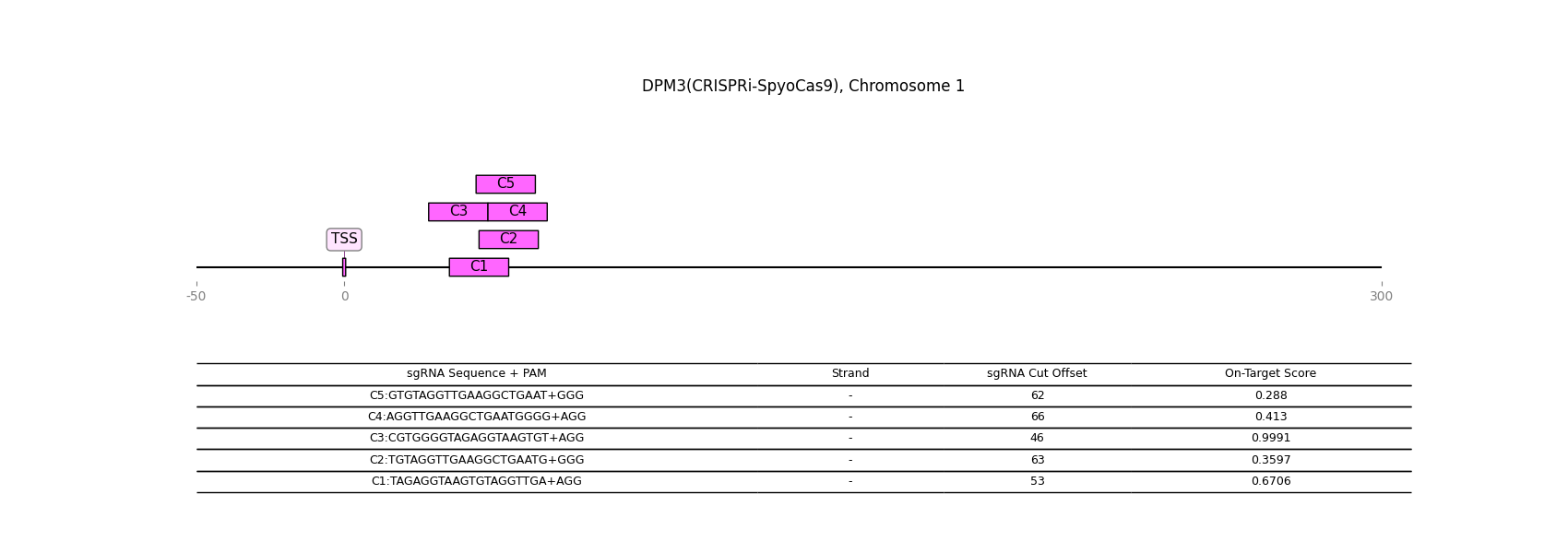Gene Details: DPM3
1 / 2
General Information
Gene Name: DPM3 (Dolichol-phosphate mannosyltransferase subunit 3)
Synonym:
Short Names:
Alternative Names: Dolichol-phosphate mannose synthase subunit 3;Dolichyl-phosphate beta-D-mannosyltransferase subunit 3;Mannose-P-dolichol synthase subunit 3;Prostin-1;
Notes:
- Stabilizer subunit of the dolichol-phosphate mannose (DPM) synthase complex; tethers catalytic subunit DPM1 to the ER.
Description from Dr.Glyco-GPT:
Warning: LLMs can generate factually incorrect information, as they simply predict the next word based on training data. Always verify LLM output by cross-checking with reliable sources!
Catalytic Activity

Reaction and Disease Links
Brenda:
2.4.1.83
KEGG: 54344
Transcript levels (Cell lines and Single cell data) URL
CRISPR-knockout

CRISPR-activation

CRISPR-inactivation

Transcription factor-gene relationship (details at glycoTF page)
Top 10 TFs
| TF | Score |
|---|---|
| HNRNPK | 1.666168 |
| SON | 1.665478 |
| RBM39 | 1.664117 |
| TCF25 | 1.635412 |
| SRSF3 | 1.626807 |
| SUMO2 | 1.614306 |
| XRCC5 | 1.613409 |
| PCBP2 | 1.609044 |
| PCBP1 | 1.606886 |
| UBE2I | 1.571556 |
Licensing: CC BY 4.0. You are fee to copy, redistribute, remix, transform and build upon all material, except for textbook figures from the Essentials.